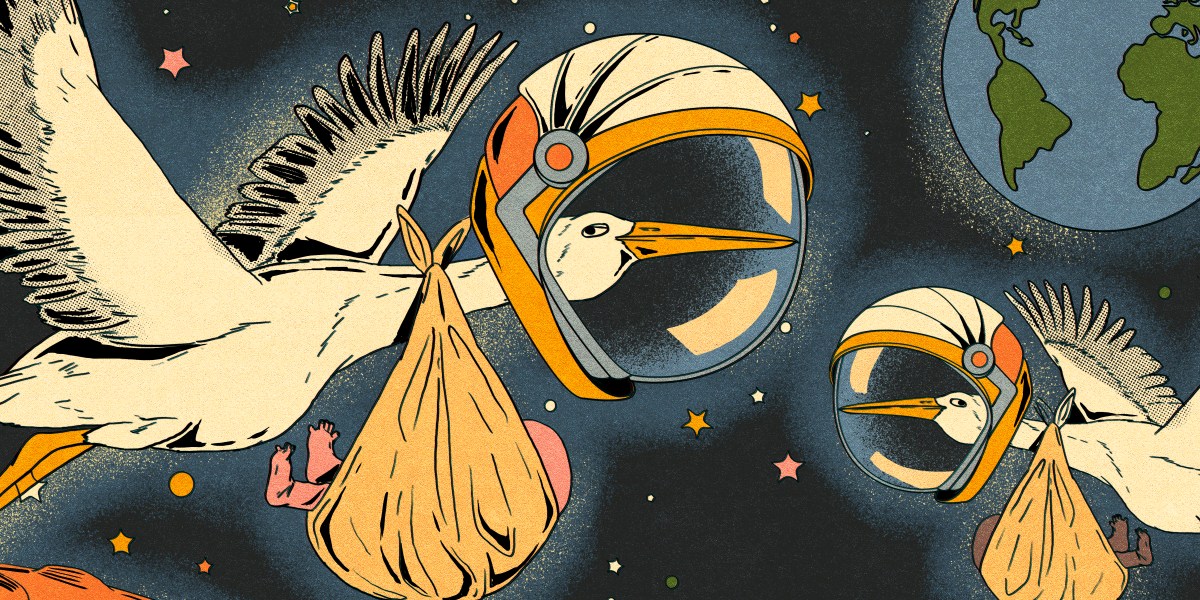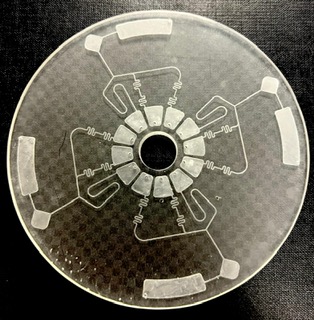This startup wants to find out if humans can have babies in space


Now Edelbroek is CEO of SpaceBorn United, a biotech startup seeking to pioneer the study of human reproduction away from Earth. Next year, he plans to send a mini lab on a rocket into low Earth orbit, where in vitro fertilization, or IVF, will take place. If it succeeds, Edelbroek hopes his work could pave the way for future space settlements.
“Humanity needs a backup plan,” he says. “If you want to be a sustainable species, you want to be a multiplanetary species.”
Beyond future space colonies, there is also a more pressing need to understand the effects of space on the human reproductive system. No one has ever become pregnant in space—yet. But with the rise of space tourism, it’s likely that it will eventually happen one day. Edelbroek thinks we should be prepared.
Despite the burgeoning interest in deep space exploration and settlement, prompted in part by billionaires such as Elon Musk and Jeff Bezos, we still know very little about what happens to our reproductive biology when we’re in orbit. A report released in September by the US National Academies of Science, Engineering, and Medicine points out that almost no research has been done on human reproduction in space, adding that our understanding of how space affects reproduction is “vital to long-term space exploration, but largely unexplored to date.”
Some studies on animals have suggested that the various stages of reproduction—from mating and fertilization to embryo development, implantation, pregnancy, and birth—can function normally in space. For example, in the very first such experiment, eight Japanese medaka fish developed from egg to hatchling aboard the space shuttle Columbia in 1994. All eight survived the return to Earth and seemed to behave normally.
Taking it step by step
Yet other studies have found evidence that points to potential problems. Pregnant rats that spent much of their third trimester—a total of five days—on a Soviet satellite in 1983 experienced complications during labor and delivery. Like all astronauts returning to Earth, the rats were exhausted and weak. Their deliveries lasted longer than usual, likely because of atrophied uterine muscles. All the pups in one of the litters died during delivery, the result of an obstruction thought to be due in part to the mother’s weakened state.
To Edelbroek, these inconclusive results point to a need to systematically isolate each step in the reproductive process in order to better understand how it is affected by conditions like lower gravity and higher radiation exposure. The mini lab his company developed is designed to do exactly that. It is about the size of a shoebox and uses microfluidics to connect a chamber containing sperm to a chamber containing an egg. It can also rotate at different speeds to replicate the gravitational environment of Earth, the moon, or Mars. It is small enough to fit inside a capsule that can be housed on top of a rocket and launched into space.

MARTA FERRAZ
After the egg has been fertilized in the device, it splits into two cells, each of which divides again to form four cells and so on. After five to six days, the embryo reaches a stage known as a blastocyst, which looks like a hollow ball. At this point, the embryos in the mini lab will be cryogenically frozen for their return to Earth.


